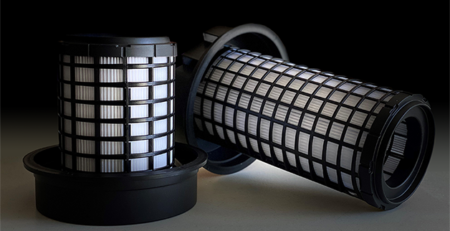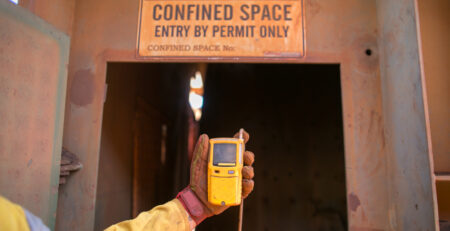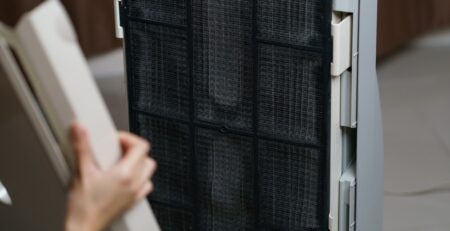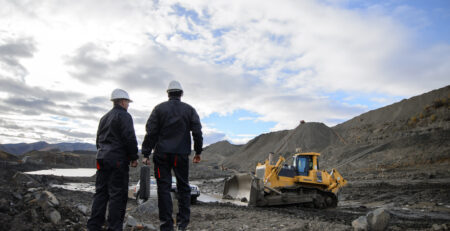What You Need to Know About Transport Refrigeration Units
The transportation of perishable goods is a complicated endeavour. If the temperature is not kept consistent in the transportation vehicle throughout the transportation process, the major loss affects businesses and the final consumer.
Perishable goods have a short lifespan and must be handled properly and efficiently to preserve them until they reach their final destination. The main reason goods become spoiled during transport is because of inconsistent cooling. Transportation of perishable goods require a quality transport refrigeration unit from origin to the final point of distribution.
How do transport refrigeration units work?
Polar Mobility’s transport refrigeration system ensures that your products reach their destination in good condition. When looking for a quality transport refrigeration unit, it’s an advantage to know how they work and the components involved in making sure that your goods survive the transportation process.
Essentially, transport refrigeration units work by removing the heat from inside the fridge compartment. This ensures that your products remain at the temperatures required when they leave the supplier.
The 3 components to a transport refrigeration unit
There are three main transport refrigeration parts to be familiar with:
1. The evaporator – Is a tube and fin design. The tubes that contain cold liquid refrigerant, which absorbs heat from the inside air, transforming the refrigerant from a liquid state to a low-pressure gas. This gas and the absorbed heat are pumped away.
2. The compressor – Is the heart that pumps the refrigerant through the system. This transport refrigeration part is responsible for pumping the refrigerant into a high-pressure gas.
3. The condenser – Similar to the evaporator, the condenser is also a tube and fin design. Unlike the evaporator, the condenser releases heat to the outside. When outside air blows through the condenser, heat is removed from the refrigerant gas and turns it back to a liquid state before cycling around the circuit again.
In summary, the refrigerant is circulated through the refrigeration system. That refrigerant uses the evaporator to absorb heat from the inside and the condenser to release heat to the outside. The three components must be properly sized to work well together.
Polar Mobility transport refrigeration units
At Polar Mobility, our transport refrigeration units are designed and built for a wide variety of vehicles, including:
• Small trucks
• Vans
• Long haul vehicles
• Cargo trucks
• Trailers
• Diesel driven
• Vehicle engine driven
To offer a solution to your transport cooling problems, we stock and manufacture several transport refrigeration units. If you can’t find what you’re looking for, our skilled technicians can manufacture a transport refrigeration unit that fits your specific needs. Furthermore, if we make it; we can service and repair it worldwide.
For product quality and efficiency, contact us today and be confident that your perishable goods will make it to their destination safely.













